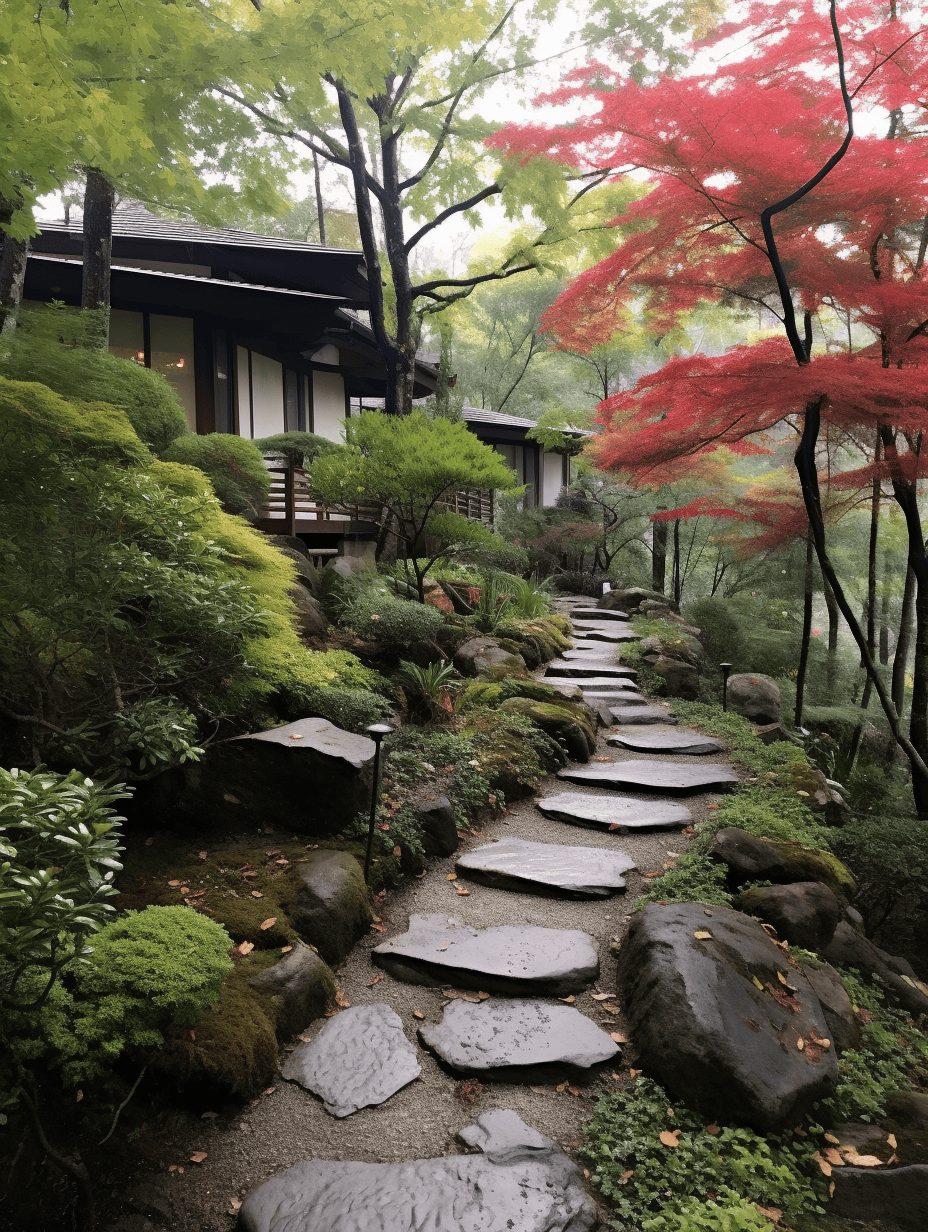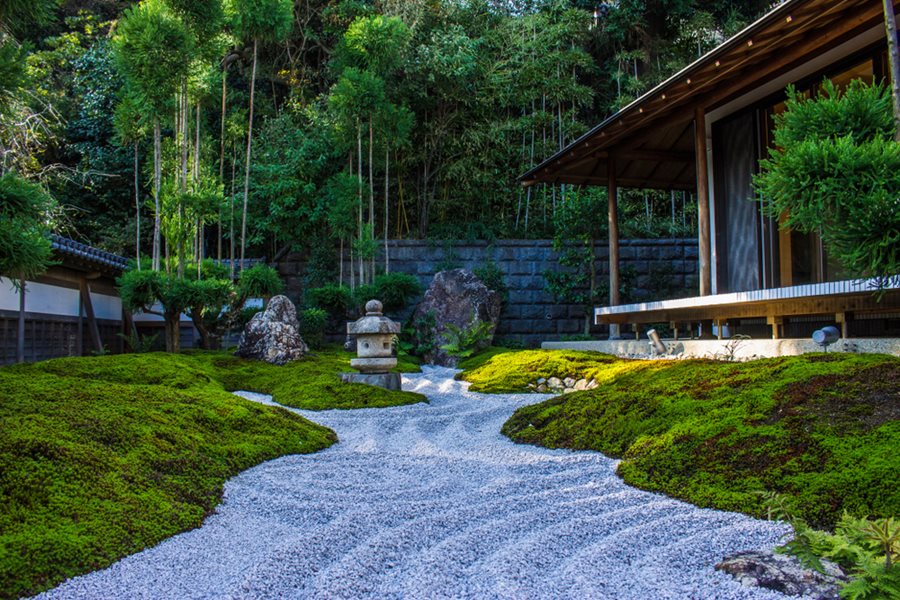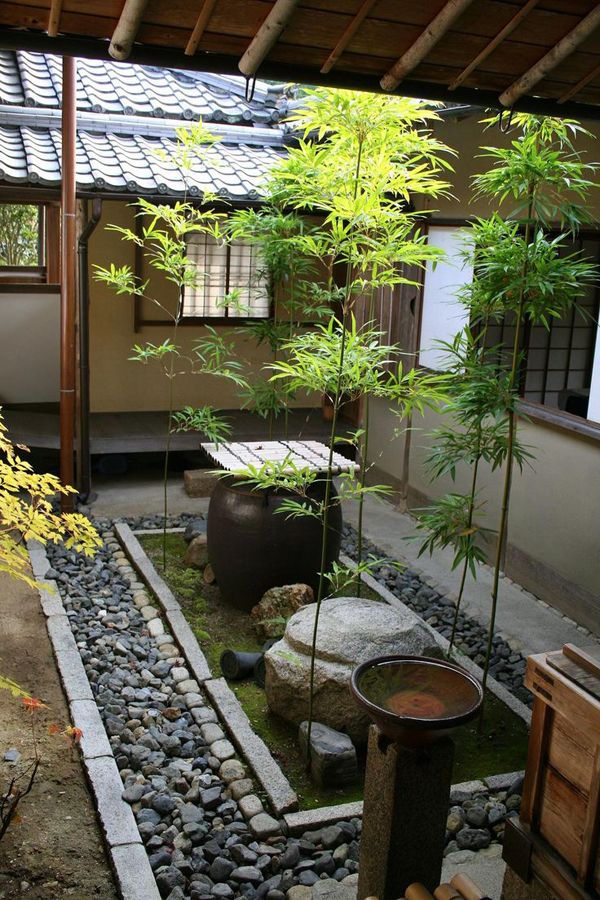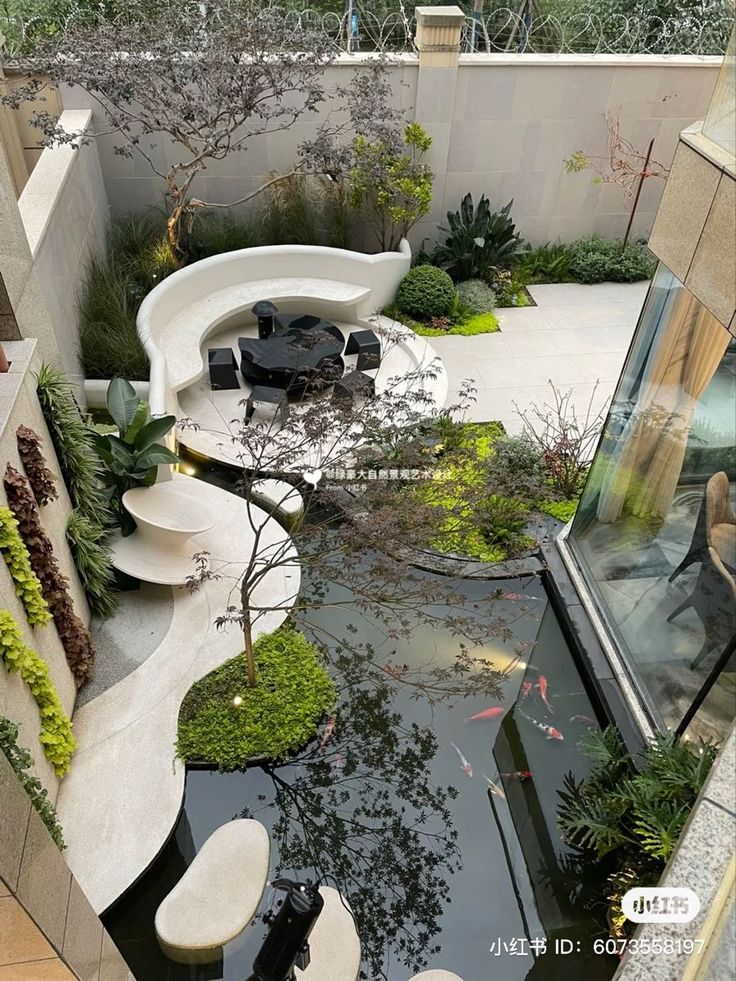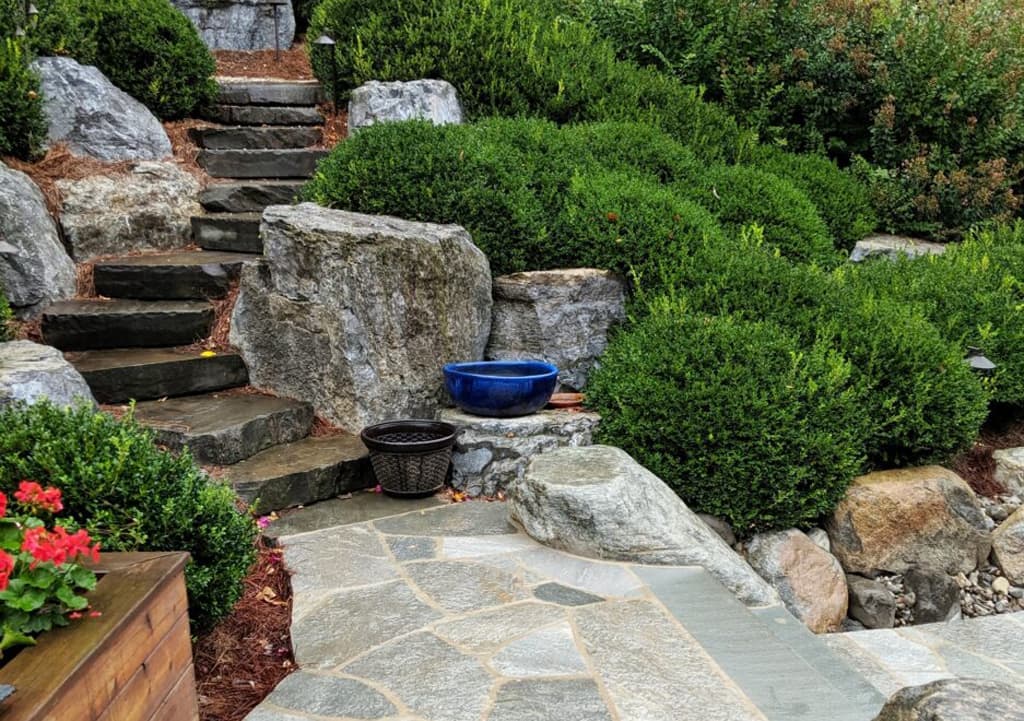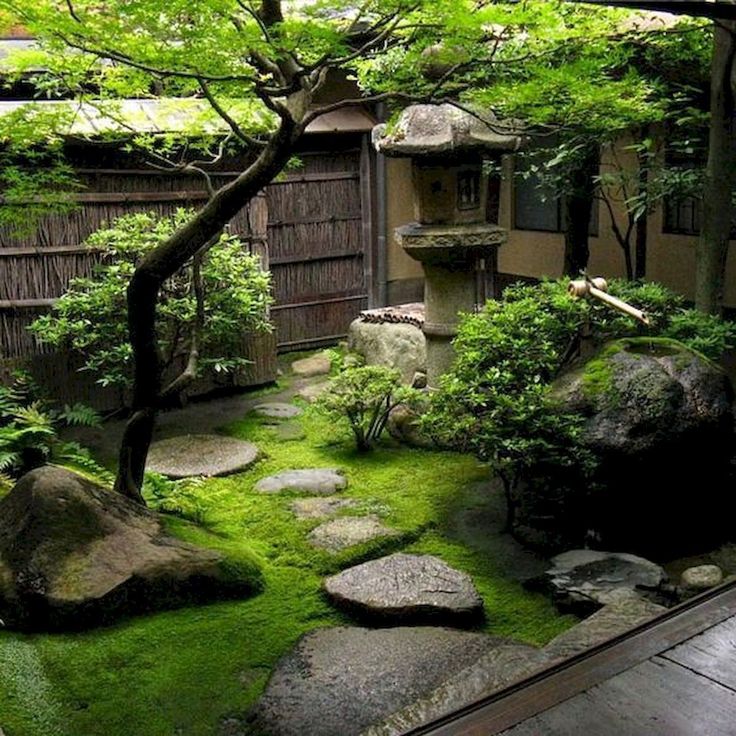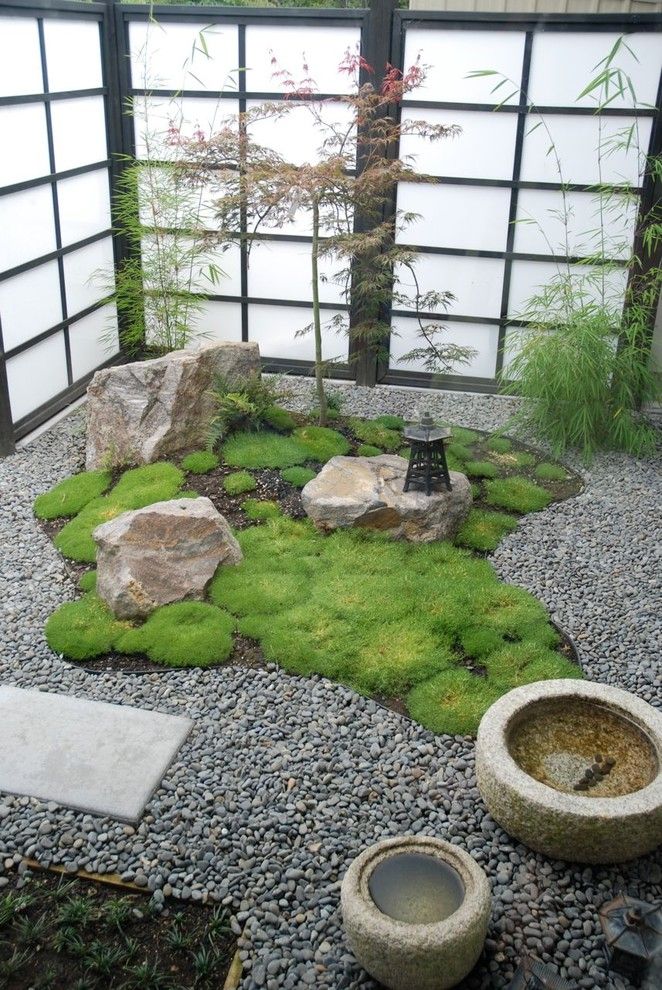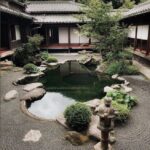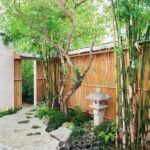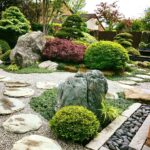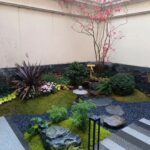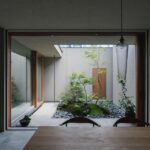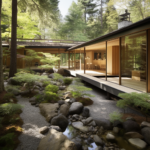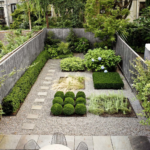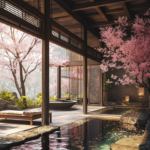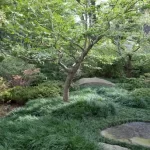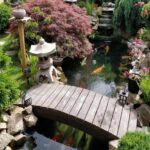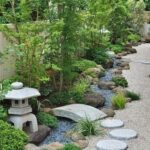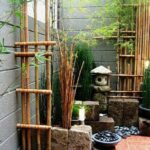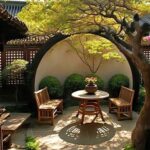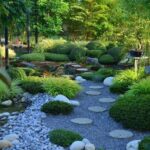When it comes to designing a backyard space, there is no shortage of inspiration to be found in the rich and diverse traditions of Japanese garden design. Drawing upon centuries of carefully cultivated principles, a Japanese-inspired backyard can offer a serene and tranquil retreat from the hustle and bustle of modern life.
One of the key elements of Japanese backyard design is simplicity. Minimalist design principles are often employed to create a sense of calm and order in the outdoor space. This can be achieved through the use of clean lines, natural materials, and a limited color palette. A simple and uncluttered design allows for a greater appreciation of the beauty of nature and the changing seasons.
Another important consideration in Japanese backyard design is the concept of balance and harmony. This is often achieved through the use of asymmetrical arrangements of plants, rocks, and other elements to create a sense of visual harmony. A carefully cultivated balance of light and shade, as well as the interplay of different textures and shapes, can also contribute to a sense of tranquility in the space.
Water features are a common element in Japanese backyard design, as they are believed to bring a sense of calm and serenity to the space. A pond, stream, or waterfall can provide a focal point for the garden and create a soothing auditory backdrop. Stone lanterns, bamboo fences, and stepping stones are also popular features that can add an element of traditional Japanese charm to the backyard.
In terms of plant selection, Japanese gardens often emphasize the use of native plants and trees that are suited to the local climate and soil conditions. Pine trees, maple trees, bamboo, and flowering cherry trees are commonly used to create a sense of natural beauty in the space. Moss, ferns, and other shade-loving plants can also be used to add texture and interest to the garden.
To further enhance the sense of tranquility and relaxation in a Japanese-inspired backyard, it is important to create spaces for contemplation and meditation. A secluded seating area, a small tea house, or a traditional Japanese garden pavilion can provide a peaceful retreat where one can relax and reflect on the beauty of nature.
In conclusion, designing a backyard space inspired by Japanese garden design principles can create a serene and timeless outdoor retreat. By embracing simplicity, balance, and harmony in the design, one can create a space that is not only visually stunning but also conducive to relaxation and reflection. Whether you have a small urban backyard or a sprawling rural property, incorporating elements of Japanese backyard design can help you create a peaceful and beautiful outdoor space to enjoy for years to come.
 innstyled backyard design ideas
innstyled backyard design ideas
